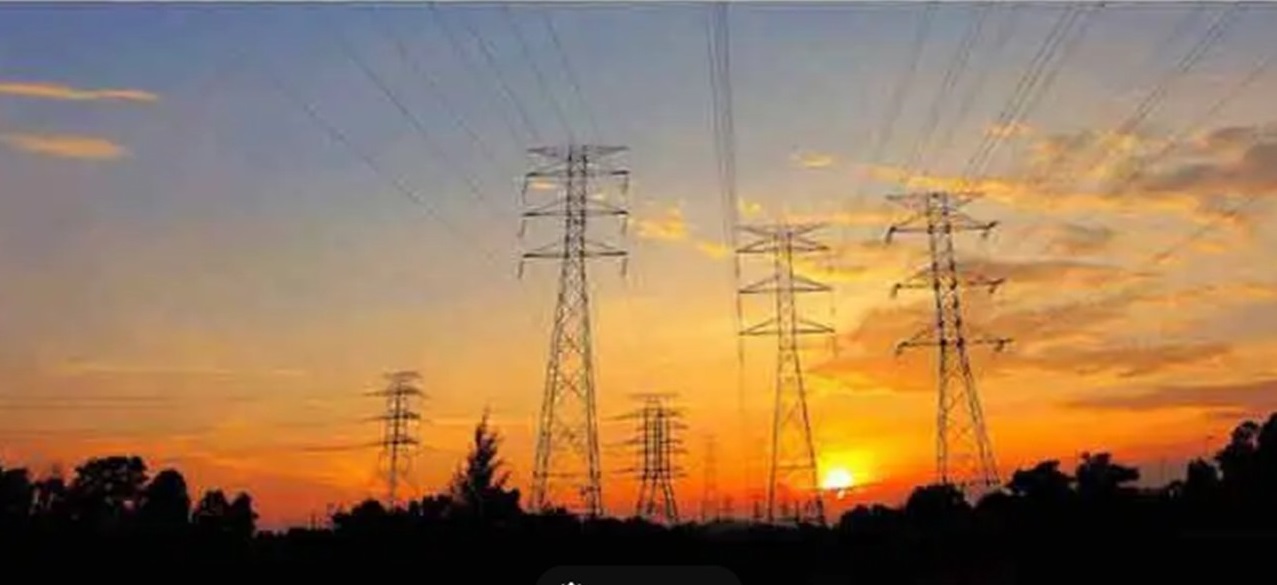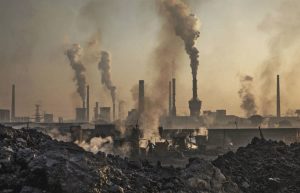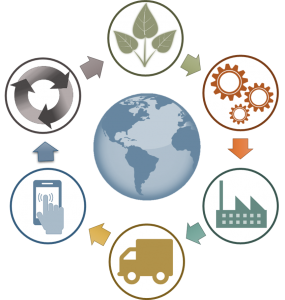How do we protect the environment while meeting current and future energy needs? What are the most efficient and cost-effective ways to do this? Our optimization and modeling work helps facilitate the energy transition, giving policymakers, regulators, and industry stakeholders the tools to help make better, more informed decisions on how best to integrate renewables, including solar, wind, and hydro, while also incorporating technologies like carbon capture and sequestration where necessary.
Risk-Aware Energy Management System
Interconnection of large electrical loads and new generation
Inefficiency in the process of connecting zero-carbon generators to the electrical transmission system is increasingly recognized as one of the primary bottlenecks to advancing U.S. decarbonization goals and meeting rising electricity demand. Our research aims at proposing regulatory and market design changes to increase the rate of interconnection for transmission-scale renewable electricity generators.
Decarbonization of the Electric Power System
Our research integrating renewable energy into the current system looks at increased penetration of wind energy, solar energy, and carbon capture and sequestration, and how to reduce the costs of their integration through market design and other methods. We also focus on wind power coupled with transmission capacity, and how hydroelectric dams can help integrate renewables.
Energy and Climate Policy: Assessment and Design
Many uncertainties –– future electricity demand, fuel prices, regulatory constraints, electricity market design, utility business models –– impede the design of optimal policy mechanisms to efficiently achieve environmental protection outcomes such as reducing air pollution, greenhouse gas emissions, and the impacts from water use and coal ash disposal. We look at electricity market clearing models and rules to facilitate the reliable and economic integration of renewables.
Long-term Projections of Residential Electricity Demand
Our research assesses demand in the residential sector in China, Colombia, and Mexico, looking at how technology and policy developments –– including economic incentives, subsidies and tariffs, and energy efficiency goals –– work together to influence the behavior of the residential electricity customer.
Life Cycle Assessment of Coal and Biofuels
This work aims at broadening the LCA framework to account for the global scale of the energy system and the climate problem. Our work looks at fuel exports and the way they affect global greenhouse gas (GHG) emissions, highlighting the need for conducting subsequent life cycle assessments to determine the effects of policies and market developments.
Sustainability: Energy / Food
Food production is a major cause of energy use and greenhouse gas (GHG) emissions. When surveyed, consumers significantly underestimate energy consumption and GHG emission from food production. Providing consumers with information regarding the life cycle GHG emissions of their food, in the form of a carbon label, may help reduce energy use and emissions.







